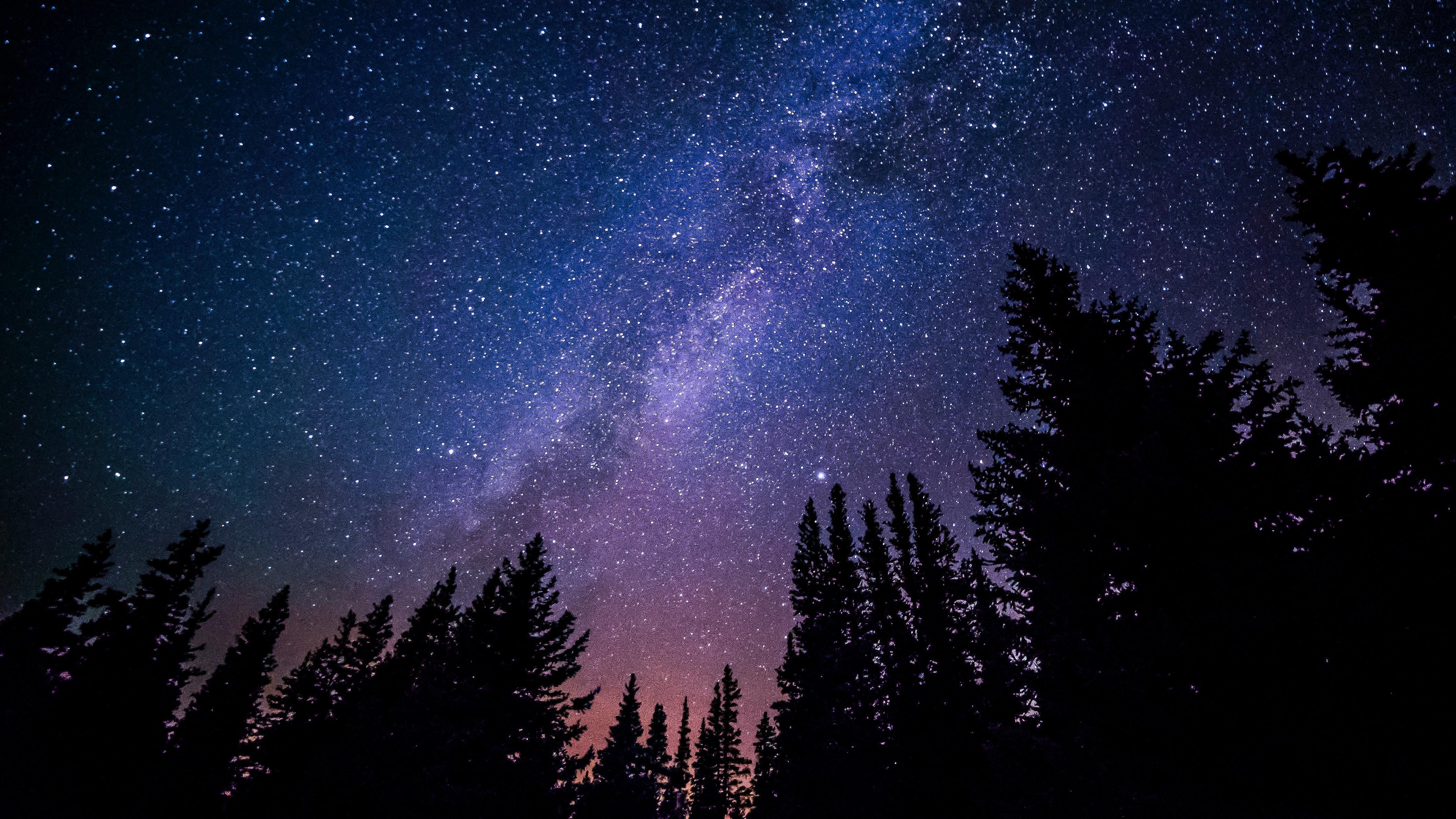Eight Constellations to Look Out for When You Stargaze
Published 1st of August, 2022

https://unsplash.com/photos/Jztmx9yqjBw
Whether you want to impress a date or find something to do on your camping nights, stargazing is a wonderful way to spend time and connect with your inner child. Most of the constellations come with deep mythological stories across multiple cultures that make the experience even more interesting. Here are eight constellations that you can look out for the next time you look up at the night sky.
1. Ursa Major
Ursa Major is also known as the Great Bear. It is one of the most recognized constellations in the northern hemisphere. The seven stars of the Big Dipper are part of Ursa Major, forming the tail and rump of the bear. While other parts of the bear may be difficult to see in light-polluted areas, the Big Dipper is very bright and almost always visible. There are several myths and folktales about the formation of Ursa Major.
2. Ursa Minor
Ursa Minor is the smaller bear and is also called the Little Dipper. It is known for having the North Star, Polaris, at the end of its tail. A Greek myth tells the story of Ursa Major and Ursa Minor. According to myth, Zeus was in love with a nymph named Callisto. Hera, the wife of Zeus, turned Callisto into a bear out of jealousy. To prevent Callisto’s son from shooting her, Zeus turned him into a bear as well and placed both mother and son as stars in the night sky.
3. Orion
The Orion constellation is another famous and popular constellation. It lies on the celestial equator and is thus visible to stargazers around the world. The constellation looks like a man with a bow and arrow; hence it was named after Orion, the son of Poseidon and a renowned hunter. The simplest part of this constellation to locate is Orion’s belt of three stars. Orion also consists of two bright stars named Rigel and Betelgeuse.
4. Taurus
Facing down the bow and arrow of Orion is the constellation Taurus. Taurus is a prominent and noticeable constellation in the winter. Seven stars form a letter ‘V’ that represent the bull’s large horns. It has several bright stars including Aldebaran, the right eye of the bull. Taurus has been said to be the bull of heaven, the 7th labor of Hercules, or Zeus in disguise.
5. Canis Major
The original ‘good boy’, Canis Major is a representation of the celebrated Greek hunting dog Laelaps. The constellation contains Sirius—the brightest night star—at its head and Adhara at its rear. Laelaps was said to be one of Orion’s hunting companions (along with Canis Minor), and the constellation can be found accompanying Orion as he hunts Taurus across the skies.
6. Cassiopeia
Cassiopeia is formed by very bright stars that are clearly visible in the night sky come fall and winter. The constellation is very easy to recognize as it looks like the letter ‘W’. According to myth, this constellation used to be a vain queen who was boastful about her beauty. Cassiopeia bragged that she was more beautiful than all the daughters of Titan Nereus and was forced into the stars as a punishment.
7. Aquarius
Although Aquarius is one of the largest and oldest-known constellations, it does not contain any bright stars. Stargazers need to be in dark areas far away from light pollution to view this constellation. Aquarius is Latin for ‘water carrier’. It refers to a young man named Ganymede who was the cup bearer of the gods. He was granted eternal youth in the skies for his service.
8. Gemini
Gemini means ‘the twins’ and refers to two bright stars, Castor and Pollux, that form part of the constellation. Gemini sits right next to Orion and can be identified by a ‘U’ shape. Legend has it that the twins were born of Leda, the queen of Sparta. Castor was fathered by the mortal king while Pollux was fathered by Zeus. Zeus later gave both brothers immortality when Castor was killed.
How to Enjoy the Stars
If you are new to stargazing, you can use a physical star map or a star map app to help you locate constellations based on your location and the time of the year. Then, find a spot as far away from light pollution as possible. The darker the sky, the clearer the constellations will be. You can stargaze with the naked eye or bring pair of binoculars or a telescope for a better view.
Behind the stars of the night sky is a galaxy full of infinite splendors. If you live somewhere where it is difficult to have a dark sky, bring the stars into your home by purchasing space art. Space art captures the wonder and mystery of the skies in perfect clarity and beauty. You can gaze upon nebulas, galaxies, and star clusters all through the day from the comfort of your home.
Stargazing is a pursuit that connects history to the present and science to the soul. Lying under a blanket of stars is a truly cosmic experience. As you get to know the constellations better, the night will hold more meaning than it ever did before.